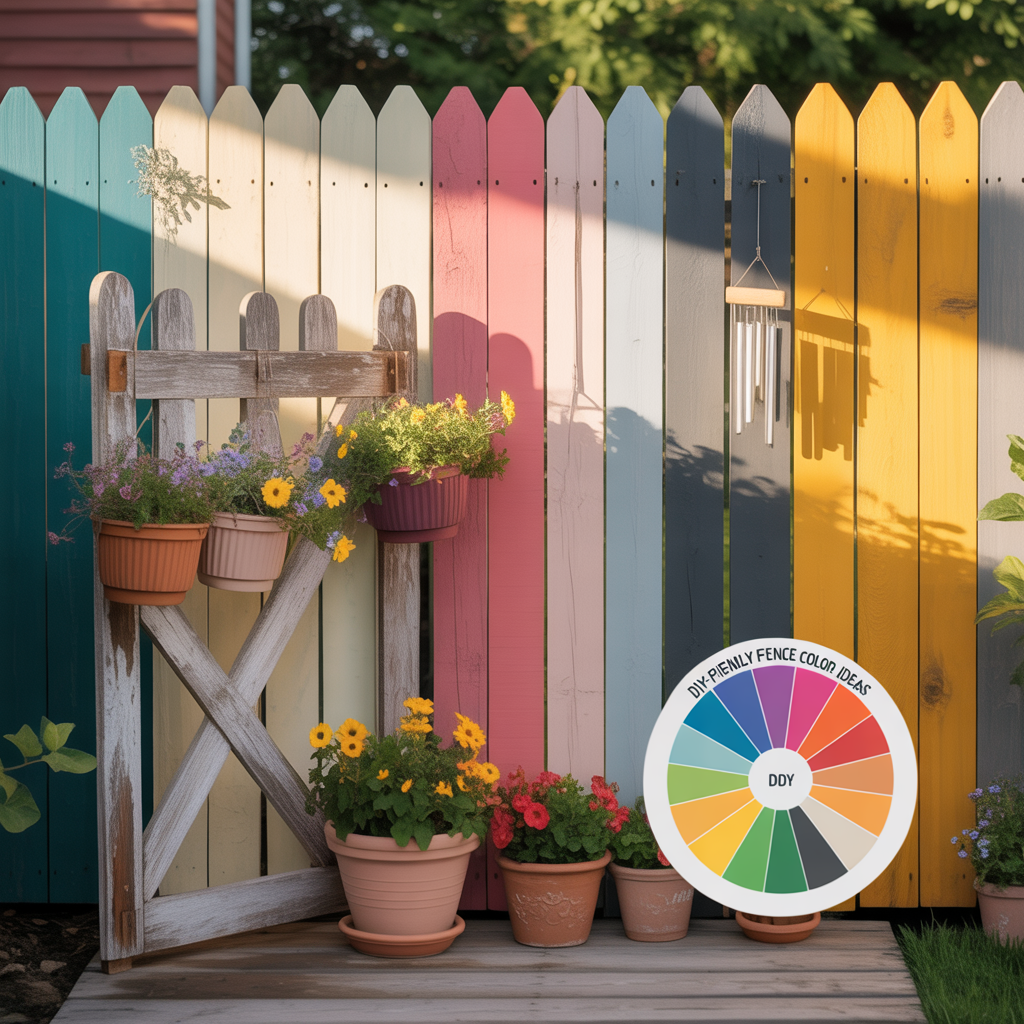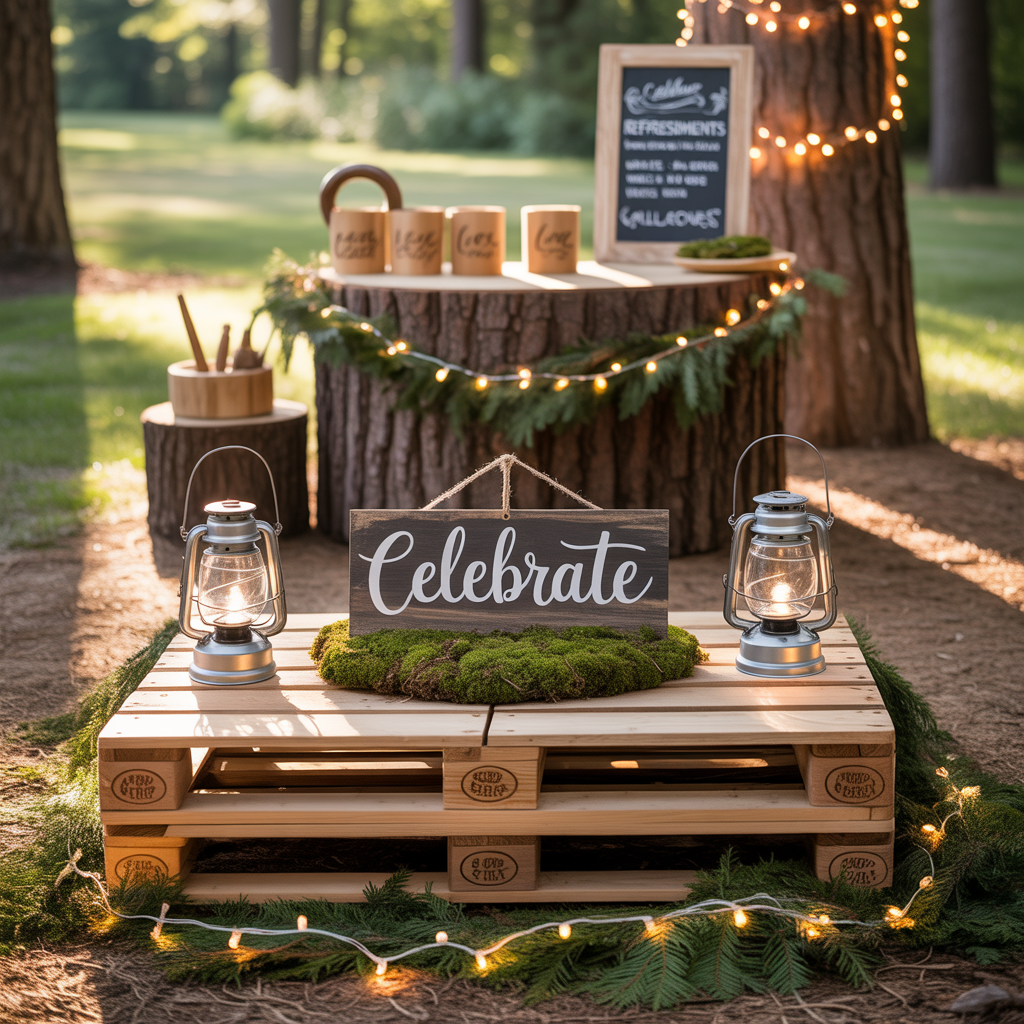Ever paused mid-weekend, paintbrush in hand, and wondered if your fence color is making your house pop—or fading into the background? Whether you’re refreshing a weathered wooden fence, updating a vinyl privacy screen, or building a new slatted fence, choosing the right color is one of the fastest ways to boost curb appeal and make your outdoor space feel intentional. In this guide I’ll walk you through creative, practical fence colors ideas and step-by-step DIY tips so you can pick a color you’ll love for years.
Why fence color matters (and how to pick the right one)
Fence color sets tone: it can frame your garden, highlight architectural features, or disappear so landscaping shines. When choosing a shade, consider these simple factors:
- House color and trim — coordinate or contrast for impact.
- Landscape palette — do you want the fence to blend into greenery or stand out?
- Material and texture — stains work beautifully on wood; paint performs well on both wood and metal.
- Sun exposure and climate — lighter colors reflect heat; darker paints may fade faster in strong sun.
Fence Colors Ideas That Transform Your Yard
Below are practical, trend-forward ideas—from timeless to bold—to inspire your next outdoor refresh.
Classic white or off-white
Perfect for cottage, colonial, or farmhouse styles. White fences brighten a space and make gardens feel clean and organized. Use a durable, exterior-grade paint and touch up every few years to maintain that fresh look.
Natural wood stain
Want a rustic or organic look? Clear or honey-toned stains show off wood grain and require less maintenance than paint because they don’t chip. Ideal for cedar or redwood fences and modern slatted designs.
Deep charcoal or black
For a modern, dramatic effect, black or charcoal fences create powerful contrast that makes plants and lighter-colored homes pop. Use high-quality, UV-resistant paint to reduce visible fading.
Soft neutrals (greige, taupe, warm gray)
Neutral fence colors blend beautifully with almost any siding and are forgiving of dirt and weathering. They’re an excellent choice if you plan to sell in the near future—broad appeal with low maintenance.
Bold colors and unexpected hues
Try navy blue, forest green, or even a muted terracotta for a unique statement. Bold fence color ideas work especially well when the fence is a focal point—use in small front yards, urban patios, or as an accent behind a flower bed.
Two-tone and trim accent techniques
Paint the pickets one color and the posts another, or use a darker top rail to add depth. Two-tone fences feel custom and can echo your house trim for a cohesive look.
Design tips: matching fence color to your home and garden
- If your house is cool-toned (blue, gray): choose warm fence colors for balance (warm beige, natural stain) or go crisp white for a classic look.
- If your home is warm-toned (tan, brick, yellow): deeper charcoals or evergreen hues complement the warmth and ground the yard.
- For small yards: lighter fence colors help the space feel bigger; use horizontal slats to visually widen the area.
- Want privacy but not a closed-in feel? Paint the interior-facing side a lighter shade and the street-facing side a darker tone for a layered effect.
DIY: Step-by-step fence painting and staining
Here’s a straightforward approach that works for most wooden fences. Adjust for metal or vinyl by selecting appropriate products.
- Inspect and repair: Replace rotted boards, tighten loose screws, and sand rough spots.
- Clean: Use a pressure washer or stiff brush with a deck cleaner to remove dirt, mildew, and old flaking finish. Allow to fully dry (24–48 hours).
- Choose your finish: Pick exterior-grade paint or a semi-transparent stain. For paint, use priming if the surface is bare wood or if switching from dark to light color.
- Test samples: Paint several 12×12″ sample patches in sun and shade to see true color at different times of day.
- Prime and paint/stain: Apply primer if needed. Use a brush for edges and posts, and a roller or sprayer for large panels. Two thin coats are better than one thick coat.
- Protect: Apply a clear sealer for stain or a topcoat for paint if recommended by the product label.
- Maintenance plan: Inspect annually, clean as needed, and do touch-ups every few years based on wear.
Materials and finish considerations
Wood: accepts stain and paint; needs regular maintenance. Vinyl: low maintenance, best with paint made for vinyl or leave in original color. Metal (aluminum/steel): requires rust-inhibiting primer and topcoat. For all materials, choose finishes with UV protection and mildew resistance where available.
Small yard and modern fence color strategies
In tight spaces, lighter colors and horizontal slats help visually expand the yard. For a sleek urban look, matte charcoal or black metal fencing paired with lush greenery creates an upscale vibe. Consider combining planters or vertical gardens with the fence color to create a living wall effect.
Practical maintenance tips
- Keep gutters and sprinklers from spraying directly on the fence to reduce water-related wear.
- Reapply stain every 2–4 years depending on exposure; paint may last 4–7 years with proper prep.
- Trim back vines and plants that trap moisture against the fence; they accelerate rot and paint failure.
Frequently Asked Questions
1. What color should I paint my fence to match my house?
Start with your house’s dominant tones. For a cohesive look, pick a fence color that complements or slightly contrasts—white or soft neutrals work great with most homes. If your siding is bold, consider a darker fence to anchor the landscape.
2. Is it better to stain or paint a wooden fence?
Stain highlights natural grain and requires less long-term maintenance but offers fewer color choices. Paint provides a uniform finish and unlimited color options but can chip and need more frequent touch-ups. Choose based on desired aesthetic and maintenance willingness.
3. How can I test fence paint colors before committing?
Apply 12×12-inch test patches in different sun exposures (morning and afternoon light) and observe for several days. Note how the color reads against your siding and landscape at different times and in different weather.
Conclusion — Try a bold new fence color today
Fence colors ideas can dramatically change how your home looks and feels. Whether you go classic white, modern charcoal, natural stain, or an unexpected blue, pick a color that complements your home and fits your maintenance plan. Ready to refresh your outdoor space? Start with small test patches, follow the DIY steps above, and transform your fence this weekend.
For more hands-on projects and inspiration, check out our DIY projects and browse related articles on home design ideas or kitchen upgrades to keep improving your whole house.
Call to action: Grab a few sample pots, pick your favorite shade, and get painting—then share your before-and-after photos to inspire others!



